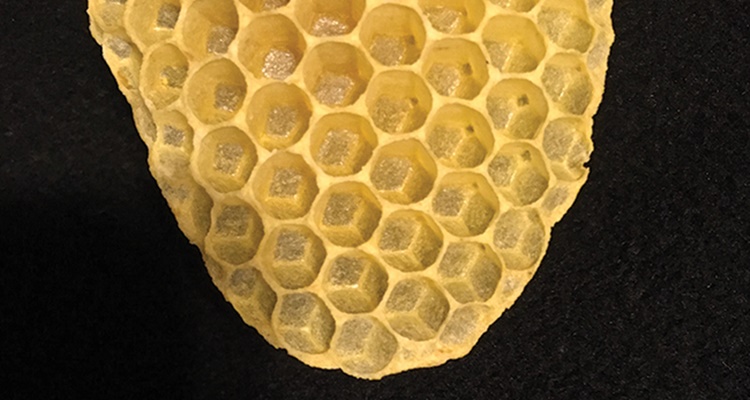What is the definition of trypophobia and what triggers this condition?
TRYPOPHOBIA – The things you should know about the fear of holes such as the factors that cause it and what triggers this kind of condition.
The condition in which a person suffers from fear of wholes is called trypophobia. Bumps and other clustered patterns may also be relative to this kind of fear. The word came from “trypa”, a Greek word that means holes while “phobia” is another Greek word that means fear.

People who have this kind of fear experience and feel disgusted and extreme distress whenever they would see something like a cluster of small holes or bumps. Besides intense disgust and distress, they also feel severe fear, being nauseatic, itching, sweating, shaking, and in some cases, panic attacks take place.
What can also trigger this particular type of fear is seeing images of the patterns and clusters online. According to a study in 2013 which was published in Psychological Science, 16% of the participants of this study felt discomfort looking at the image of a lotus seed pod. This study proved that this type of fear is pretty common.
According to research published in July 2019 called “The hole story: an event-related potential study with trypophobic stimuli”, the triggers include:
- Bubble wrap
- Bubbles
- Condensation
- Coral
- Fruit seeds
- Holes in diseased or decaying flesh
- Holes or bumps on flesh
- Honeycombs
- Insect eyes
- Lotus seed pods
- Pomegranates
- Sponges
- Strawberries
Meanwhile, emotional distress, fear and anxiety, feelings of revulsion, goosebumps, itching, nausea, panic attacks, rapid breathing, shaking, sweating, and vomiting are all considered as the symptoms of this condition according to the study of authors Michelle Vlok-Barnard and Dan J. Stein.
The causes of this condition are still limited but narrowed to the following possibilities:
- an evolutionary cause
- being associated with dangerous animals
- being associated with infectious pathogens
- a response to visual charateristics
Working with a therapist for Cognitive behavioral therapy (CBT) and doing some relaxation techniques can all help you to cope with your condition or reduce the symptoms you’ve been suffering from.
READ ALSO:
- Benefits Of Dancing – Forms Of Dances To Help You Lose Weight
- Symptoms Of Heat Exhaustion – Causes and How To Prevent This
What can you say about this? Let us know!

